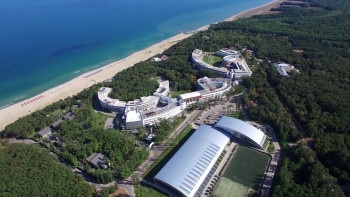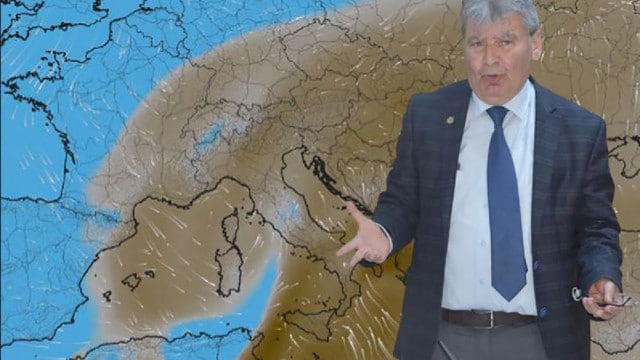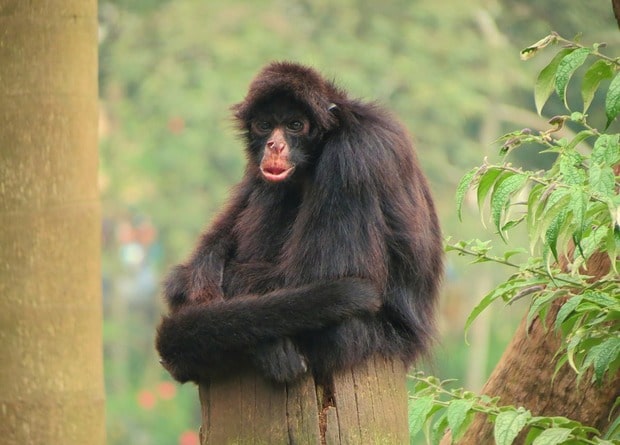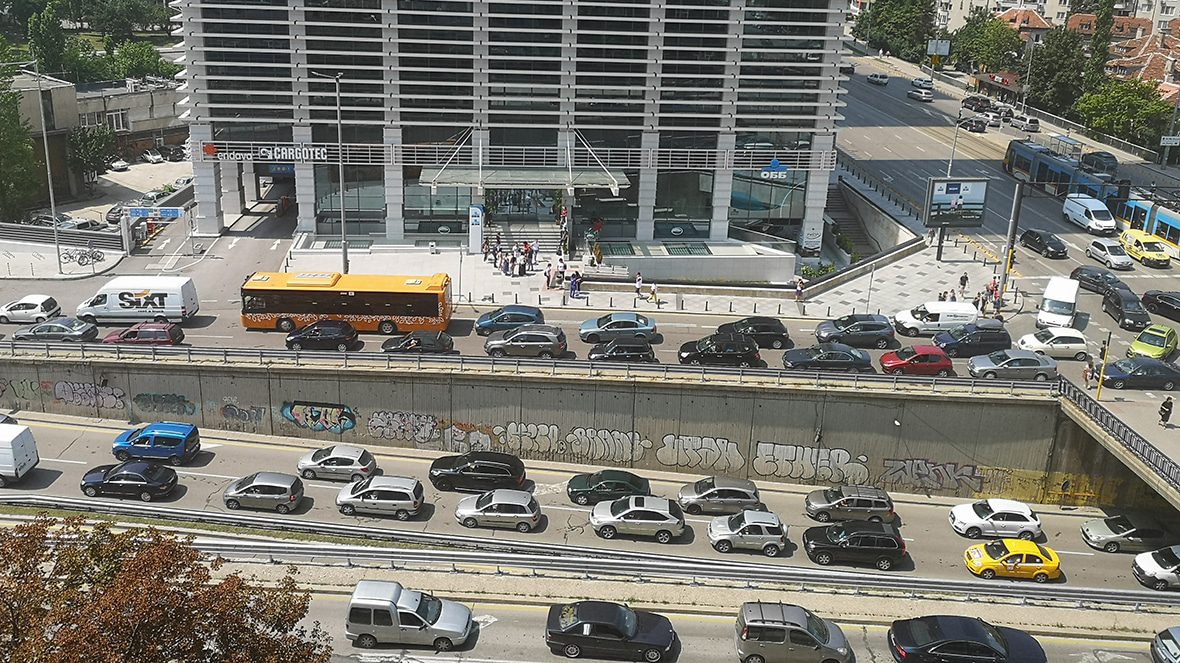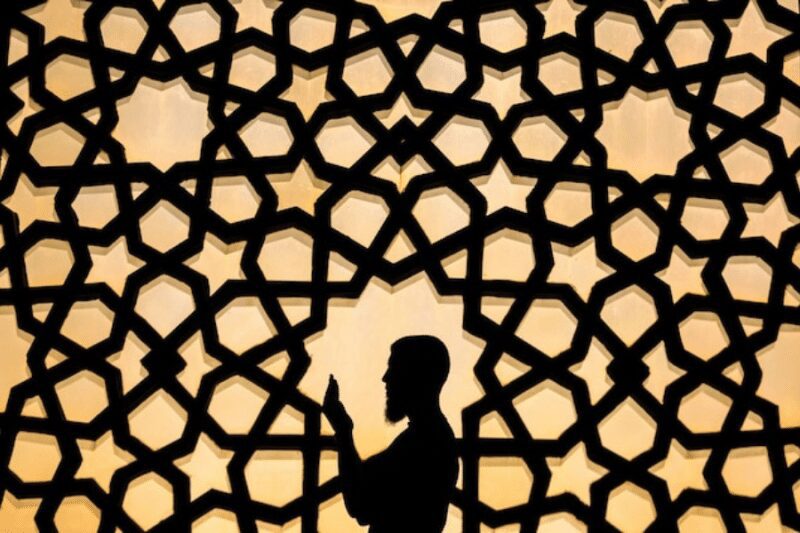Brokers at the Bulgarian Black sea are flooded with requests to look for new owners
While in London, Milan and Paris the richest Russians have properties worth billions of euros, Bulgaria has become an attractive destination mainly for the middle class of Vladimir Putin’s compatriots. The purchased apartments and houses are used both for vacation and for investment.
Accurate statistics of Russian property in our country are still missing. However, one thing is known – entire resorts and huge complexes along our Black Sea coast have been bought by Russians in the last ten years. In our country they were attracted by the low prices and the huge supply of holiday homes for every pocket and taste.
According to Atanas Krastin, the Bulgarian ambassador to the Russian Federation, a total of more than 300,000 Russians own nearly 450,000 properties in eastern Bulgaria alone, more than 95% of which are concentrated on the coast. Citizens of Russia and other former Soviet republics are among the most active foreign investors in Bulgarian real estate. Their interest is focused mainly on holiday properties in prestigious resorts.
Low property prices in Bulgaria and the lack of a language barrier are the main drivers of Russian investors. A huge plus for the boom in the market of properties purchased by foreigners was the stable economic growth that Russia recorded for years (by an average of about 5% between 2011 and 2019), which made credit products in the country much more profitable and affordable for the mass Russian. Apart from the purely pragmatic economic moment, according to the brokers, many Russian citizens have preserved their childhood memories of our native beaches and resorts.
As for the picture throughout the country – interest in native property by Russian citizens is not only by the sea, but also in winter resorts. According to realtors, Russian property is nearly 15 percent of all holiday apartments in the three major winter resorts.
Which means that in Bansko, Pamporovo and Borovets there are about 60 thousand apartments and villas with owners in Russia.
However, Russian investors have no serious interest in the interior of the country, an inspection by Maritza showed. Just over 250 properties in Plovdiv are owned by Russians, according to a reference from the Property Register. In the capital this number is significantly higher (nearly 2300 in number), but even there the lag behind the resort towns is serious.
At the moment, there is no evidence that any of the EU-sanctioned individuals close to President Putin or their relatives have real estate in the country, which means that there will probably be no seizures or confiscations of Russian property in Bulgaria. The brokers are adamant that the profile of clients who have bought in Bulgaria in the last 10 years is very different.
Kalina Dimitrova is a broker in one of the largest companies on the Black Sea coast, specializing in working with Russian clients. Dimitrova says that for many years our country has been a top destination for the middle class Russians. “We can safely say that in the last 10 years the middle class in Russia has increased significantly as a percentage of their society,” said the broker. According to her, in 2010-2015 was the real boom of foreign investment in property in our country. Dimitrova says that out of 10 clients in this period, 7 were foreigners, and at least 3-4 of them were Russians. “Literally almost every second deal was either with a Russian company or with their citizen,” she said.
The bill shows that at least BGN 30 billion in real estate has been invested by Russians in our country over the past 10 years. However, Kalina Dimitrova is adamant that this trend has seriously reversed in the last two years. “On the one hand – the coronavirus has hit the Russian economy and in 2020 we had a huge supply of real estate both through domestic agencies and through contractors in major Russian cities,” said the broker.
However, the big sale started last summer. However, the withdrawal of the Russians from the market is not because of the coronavirus, but because of the depreciation of the Russian ruble, the brokers are adamant. “Many Russians have taken out loans in euros in their homeland to buy property here. And judging the loan through the ruble’s exchange rate against the euro, it is already unprofitable for them to have property in Bulgaria,” Dimitrova said.
According to both the owners of complexes and real estate traders, nearly 80% of Russians’ apartments by the sea remained locked last summer. Brokers expect this number to grow only in the coming months. The Russians will travel less and less, and this is not due to the fact that Bulgaria is already an “enemy state” for them, but to the sanctions that have already hit even the middle class Russians. property owners, because coming to Bulgaria will have to be done by transferring through Azerbaijan or Serbia which will make the trip even more expensive, “said Radostin Krumov, an investor in holiday villages and resorts.
Both builders and brokers are adamant – the Russians can no longer afford to own property in our country. Kalina Dimitrova explains that a large number of her former clients from major Russian cities have sought contact with her agency in recent months with a request for assistance. “Most of them directly tell us to look for sellers for their apartments, while others send us keys to courier companies and offer to advertise their properties on sites for short-term or long-term rent, thus receiving at least a minimum return,” said the Varna broker.
According to builders and brokers, the demand for holiday properties on the market can not withstand the supply, which increases with each passing day. The industry also reports the lack of new buyers from England, Germany and Scandinavia, who have traditionally also had a serious interest in their native resorts. Although in the last two years brokers have reported increased demand from Turkish citizens, whose desire to buy property in Europe is mostly related to the possibility of doing business, the crisis in our southern neighbor has “frozen” and this interest .
Thus, in practice, it turns out that nearly half a million properties owned by Russian citizens in our country will remain almost completely empty during the summer months, and the vast majority of them will be looking for a new owner. However, neither brokers nor builders are optimistic. According to Kalina Dimitrova, there is a market for domestic consumers for these 500,000 properties for only 4 to 5 percent of them.
It is still №1 cheaper
Bulgaria is still the cheapest country for real estate deals from Russians, according to a poll by the Tranio website among 414 experts from 35 countries.
The average budget that Russian-speaking buyers in Bulgaria have set aside for deals in 2020 has reached 180,000 euros, making Bulgaria the cheapest country to buy investment property. In second place is Thailand with an average budget of 200 thousand euros. At the other pole is Austria, where the Russians have set aside an average of 3m euros to buy investment property.
In general, the average budget for transactions of Russian real estate investors in all surveyed countries has doubled compared to 2019 and reached 620 thousand euros. Russian investors expect an average return of 5% per year on their investment property. The activity of Russians who invest in real estate in our country has halved twice in a row – once in 2020 and again last year. It is expected that this year the interest will be even lower.
The key driver for Russians when buying property abroad is to become a resident of another country. 71% of real estate investors in Russia say they bought a property to acquire citizenship or residence, according to the survey. The next two most popular reasons are to maintain or increase capital. Globally, Russian investors prefer to buy residential properties for this purpose, followed by hotels, retail space and plots.
The City of Moscow has a huge holiday complex near Kamchia
Kamchia Sanitary and Health Complex near the mouth of the river of the same name is the largest Russian holiday complex in Bulgaria. In 2003-2004, the Moscow government began buying land in the area. However, the most serious deal became a reality only in 2008, when the Bulgarian state sold to “Kamchia” EAD, a company that is the sole property of the Property Department of the Government of Moscow, nearly 80 decares in the village of Bliznatsi. municipality of Avren. The price is only BGN 9.70 per square meter.
The contract for the construction of the SOC Kamchia complex was signed in September 2008 by then-Minister of Social Policy Emilia Maslarova. In order to facilitate the realization of the Russian investment, the government of Sergei Stanishev adopted a “thematic” decision and allocated BGN 7.7 million for the construction of a 10.5 km highway to the complex. Thus, the children’s camp “Rainbow”, built by “SOC Kamchia”, was opened in 2010.
At the end of 2019, Russian senators publicly commented on the idea of turning Kamchia SOC into a “cultural and humanitarian platform” after Russian Foreign Minister Sergei Lavrov announced that Russia’s National Security Council would discuss the transfer of ownership of the holiday complex. as the situation around him was not good.
The Russian base near Kamchia includes a huge amount of assets, including the hotel complex “Longoz” with a capacity of 450 beds, swimming pools, conference halls; the children’s health camps “Rainbow” and “Black Sea” with accommodation for a total of 1,200 children; the holiday village “Pirin”, consisting of a hotel and eleven two-storey villas with accommodation for 250 people; medical-diagnostic and balneological center “Zdravets”; Yuri Gagarin Training and Education Center; Kamchia sports complex, which meets all Olympic standards, and even an amphitheater with a capacity for 2,000 spectators.
Photo: “Kamchia” Sanitary and Health Complex, owned by the Property Department of the Government of the City of Moscow



